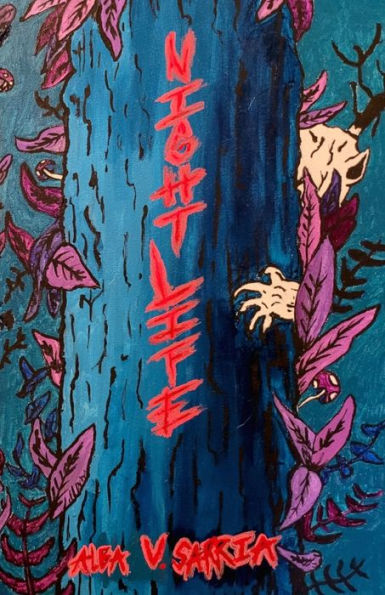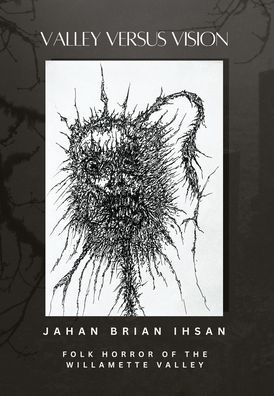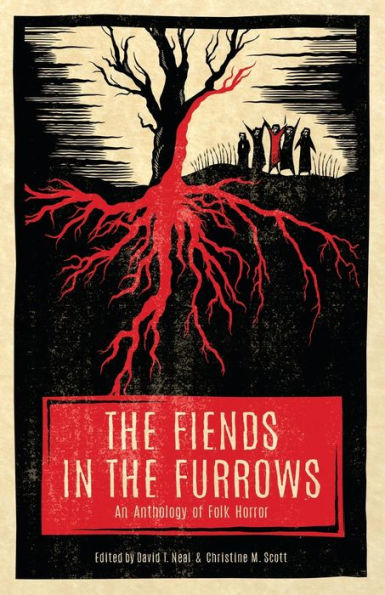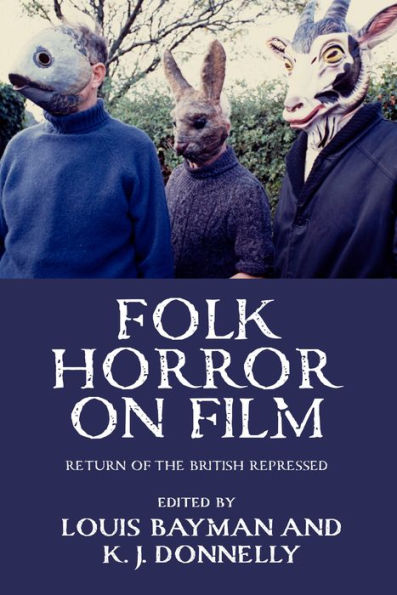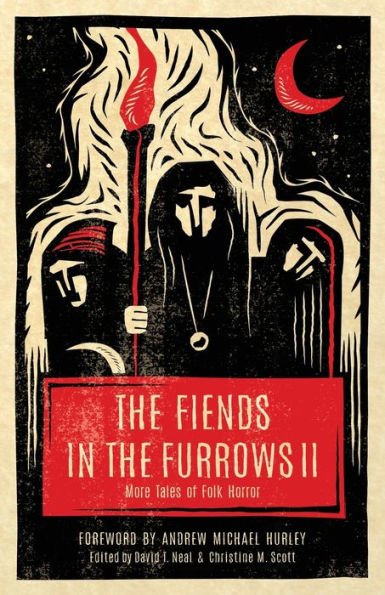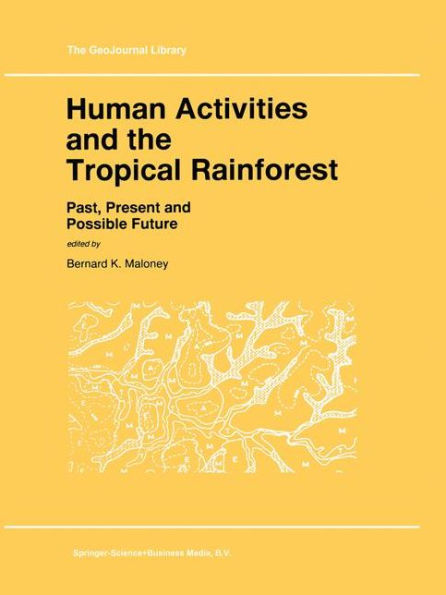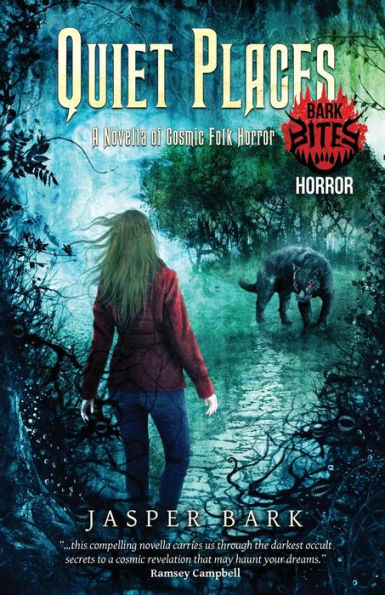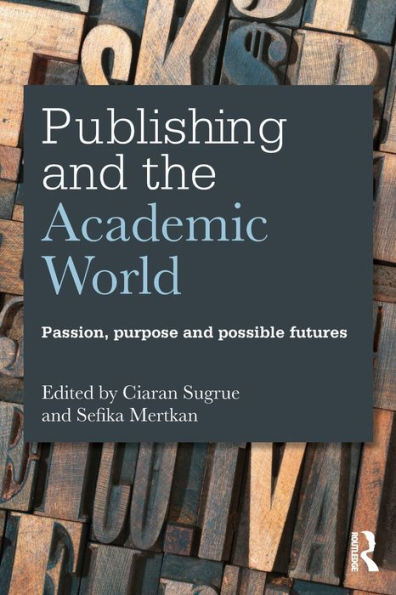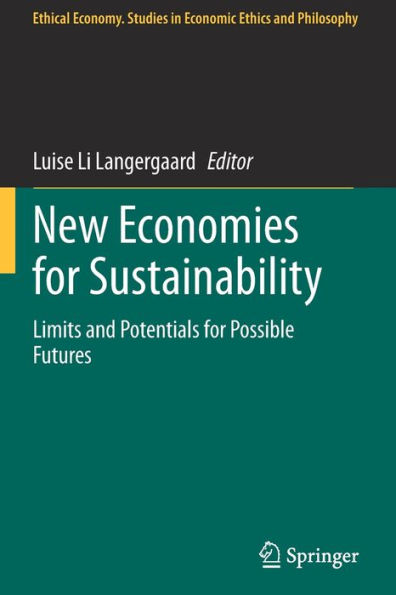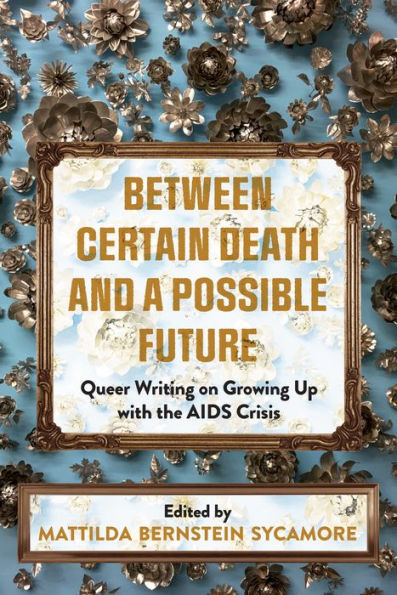Home
Future Folk Horror: Contemporary Anxieties and Possible Futures
Barnes and Noble
Future Folk Horror: Contemporary Anxieties and Possible Futures
Current price: $120.00
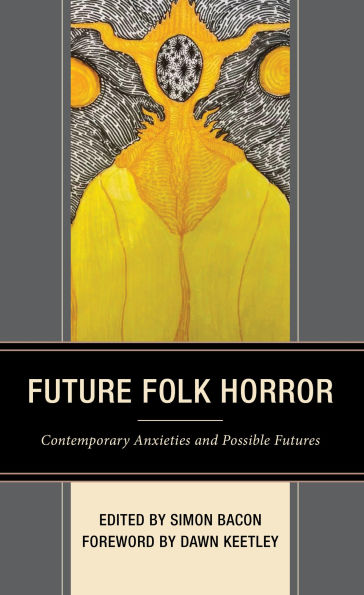

Barnes and Noble
Future Folk Horror: Contemporary Anxieties and Possible Futures
Current price: $120.00
Size: Hardcover
Loading Inventory...
*Product information may vary - to confirm product availability, pricing, shipping and return information please contact Barnes and Noble
Future Folk Horror: Contemporary Anxieties and Possible Futures
analyzes folk horror by looking at its recent popularity in novels and films such as
The Ritual
(2011),
The Witch
(2015), and
Candyman
(2021). Countering traditional views of the genre as depictions of the monstrous, rural, and pagan past trying to consume the present, the contributors to this collection posit folk horror as being able to uniquely capture the anxieties of the twenty-first century, caused by an ongoing pandemic and the divisive populist politics that have arisen around it. Further, this book shows how, through its increasing intersections with other genres such as science fiction, the weird, and eco-criticism as seen in films and texts like
The Zero Theorum
(2013),
The Witcher
(2007–2021), and
Annihilation
(2018) as well as through its engagement with topics around climate change, racism, and identity politics, folk horror can point to other ways of being in the world and visions of possible futures.
analyzes folk horror by looking at its recent popularity in novels and films such as
The Ritual
(2011),
The Witch
(2015), and
Candyman
(2021). Countering traditional views of the genre as depictions of the monstrous, rural, and pagan past trying to consume the present, the contributors to this collection posit folk horror as being able to uniquely capture the anxieties of the twenty-first century, caused by an ongoing pandemic and the divisive populist politics that have arisen around it. Further, this book shows how, through its increasing intersections with other genres such as science fiction, the weird, and eco-criticism as seen in films and texts like
The Zero Theorum
(2013),
The Witcher
(2007–2021), and
Annihilation
(2018) as well as through its engagement with topics around climate change, racism, and identity politics, folk horror can point to other ways of being in the world and visions of possible futures.

